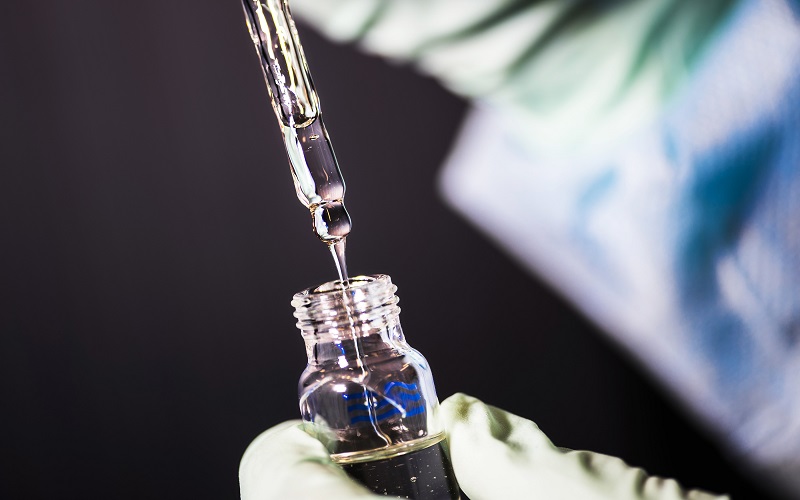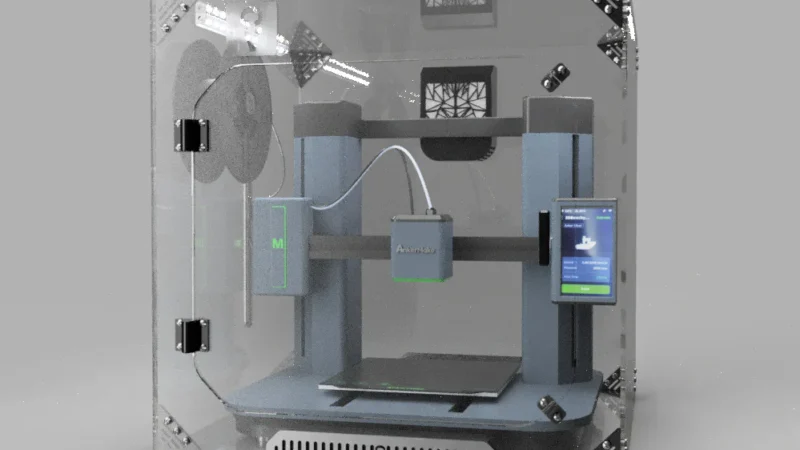Glyconanoparticles: A Versatile Platform for Nanobiotechnology Research and Functional Material Design

The integration of carbohydrate chemistry with nanotechnology has led to the emergence of glyconanoparticles—nanomaterials whose surfaces are modified with specific sugar moieties. These engineered structures play a growing role in material science, pharmaceutical research, and biotechnology development. They support a range of technical applications, from targeted delivery studies to biosensor platform construction.
This article provides an in-depth overview of current approaches in glyconanoparticle development, focusing on synthesis strategies, nanoparticle conjugation techniques, and characterization methods. The content is designed for research professionals, process engineers, and scientific teams working at the interface of material innovation and biological function.
What Are Glyconanoparticles?
Glyconanoparticles (GNPs) are nanoparticles with surface-bound carbohydrate structures such as monosaccharides, oligosaccharides, or synthetic glycopolymers. These surface modifications allow GNPs to engage in specific interactions with glycan-recognizing proteins, making them valuable for mimicking biological recognition systems.
Because carbohydrates are involved in many cell–cell, pathogen–host, and protein–ligand interactions, GNPs provide a powerful tool for investigating such processes in controlled experimental setups.
Approaches to Glyconanoparticle Synthesis
Synthesis of glyconanoparticles generally involves:
- Preparing the nanoparticle core, which may consist of gold, silica, magnetic materials, or biodegradable polymers.
- Attaching glycan units to the surface using chemical or physical methods.
Popular strategies for glycan immobilization include:
- Covalent linkage via amine–carboxyl, thiol–gold, or other reactive pairs
- Non-covalent approaches for reversible or electrostatically driven interactions
- Click chemistry, particularly strain-promoted azide–alkyne cycloaddition (SPAAC), which enables fast, biocompatible, and regioselective conjugation
Among these, click chemistry offers enhanced reproducibility and is increasingly used in nanoparticle functionalization workflows that require scalability and orthogonality.
Nanoparticle Conjugation Techniques: Expanding the Toolbox
In broader nanoparticle research, surface functionalization is critical for enabling specific interactions or adding new chemical properties. Common nanoparticle conjugation techniques include:
- EDC/NHS-mediated coupling, useful for carboxyl-to-amine ligations
- Maleimide-thiol chemistry, targeting sulfhydryl-containing molecules
- Bioorthogonal reactions, such as tetrazine ligation or click chemistry variants, for selective and efficient bioconjugation
These techniques are adaptable to a variety of ligands, including peptides, nucleic acids, synthetic polymers, and carbohydrates. In glyconanoparticle research, careful method selection ensures that glycans maintain their integrity and biological activity post-conjugation.
Carbohydrate-Functionalized Nanoparticles: Unique Biological Interfaces
By incorporating glycan structures on their surfaces, carbohydrate-functionalized nanoparticles act as synthetic mimics of natural glycosylated interfaces. This enables them to:
- Interact selectively with lectins and other carbohydrate-binding proteins
- Facilitate multivalent interactions, enhancing binding strength and selectivity
- Support investigations into glycan-mediated signaling and transport processes
Such features are highly valuable in applications such as pathogen detection, receptor targeting studies, and biointerface modeling.
Methods for Glyconanoparticle Characterization
Characterization is essential for verifying successful synthesis and understanding functional behavior. Established methods for glyconanoparticle characterization include:
Dynamic Light Scattering (DLS): evaluates size distribution and colloidal stability
Electron Microscopy (TEM, SEM): reveals particle morphology and dispersion
Surface spectroscopy: such as FTIR, XPS, and UV–Vis for identifying surface chemistry changes
Nuclear Magnetic Resonance (NMR): confirms the structural integrity of glycans
Binding assays: using labeled lectins or antibodies to assess biofunctionality
Combining physical, chemical, and bioanalytical techniques provides a robust framework for quality control and experimental validation.
Applications in Drug Delivery Research
Although not directly used in clinical treatments, glyconanoparticles in drug delivery research serve as platforms for studying targeted delivery systems. By modifying nanoparticle surfaces with specific sugars, researchers can investigate:
- Receptor-mediated uptake by cell types expressing glycan-binding proteins
- Targeting efficiency and payload release behavior in model systems
- Selective biodistribution patterns in preclinical studies
Examples include mannosylated nanoparticles for exploring immune cell targeting or galactosylated systems for liver-specific uptake models. These models help screen candidate delivery strategies before advancing to more complex stages of formulation development.
Click Chemistry for Nanoparticle Modification: Enabling Precision and Efficiency
Click chemistry has become a preferred method for nanoparticle surface modification, particularly in research environments demanding high precision and reproducibility. Its key advantages include:
- High selectivity, even in complex biological matrices
- Rapid reaction kinetics
- Minimal by-product formation
- Compatibility with aqueous and low-temperature conditions
In glyconanoparticle design, SPAAC and other copper-free click reactions are frequently used to attach azide- or alkyne-labeled glycans to prepared nanoparticle surfaces without compromising biofunctionality.
Conclusion
The development and application of glyconanoparticles offer researchers a versatile and tunable platform for studying biological recognition, building synthetic biointerfaces, and optimizing delivery vehicles in early-stage research. Advances in conjugation chemistry, surface modification techniques, and glycan-specific analytical tools continue to expand the possibilities for this technology.
As an interdisciplinary tool bridging nanotechnology and glycoscience, glyconanoparticles contribute to a deeper understanding of biomolecular interactions and offer practical solutions for designing functionally enhanced nanosystems.
Author
CD BioGlyco is the world’s leading independent biotechnology company, attracting a large number of researchers and partners, and has provided high-quality products and services for thousands of researchers worldwide.
CD BioGlyco is committed to discovering, developing, manufacturing and providing innovative glycobiology-related high-quality products and services, as well as solutions that can improve research results and increase the speed of success. We aim to provide customers with high-satisfaction assistance in glycobiology research, and save time, effort and money for customers while obtaining perfect data.



